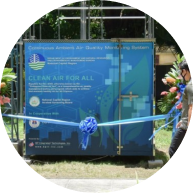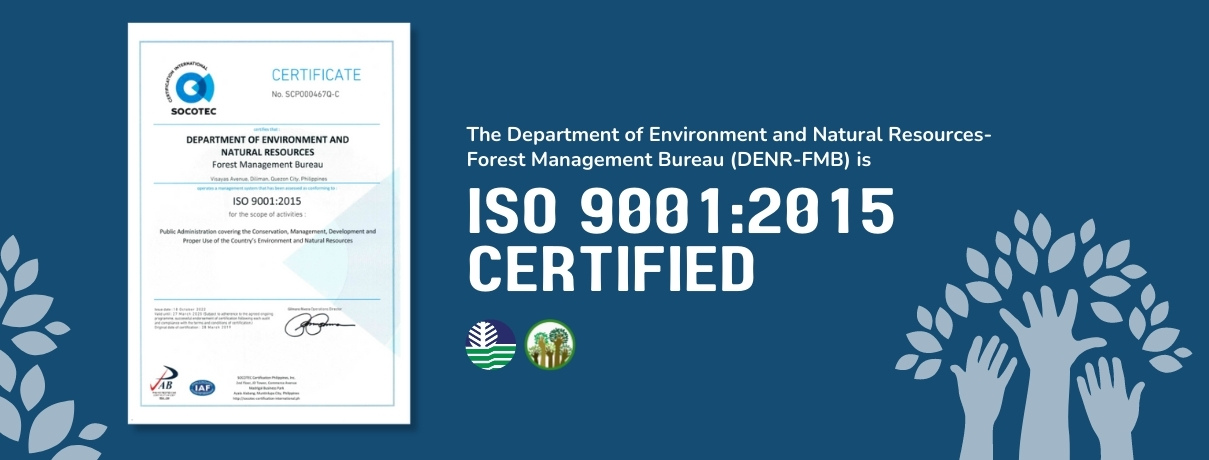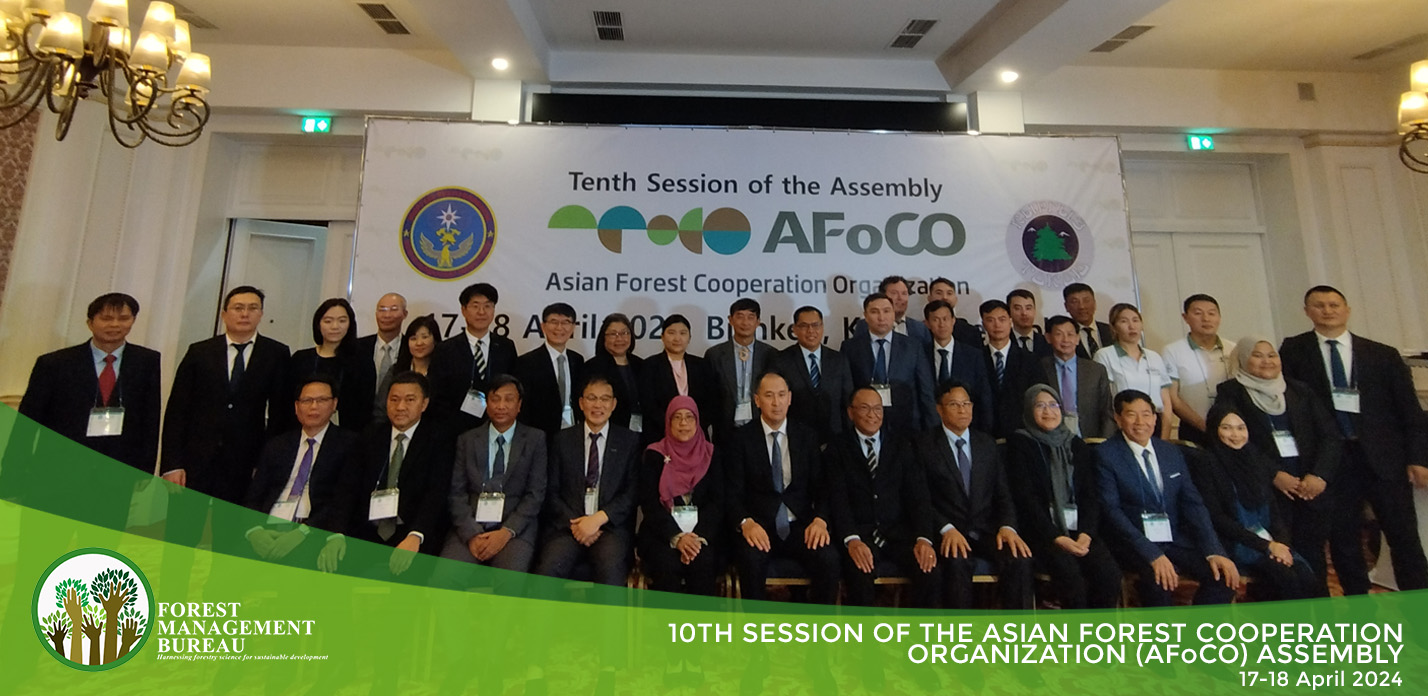Historical Background
1860 - 1890
June 1863
The “Inspeccion General de Montes” was inaugurated under the Spanish Government pursuant to a Spanish Royal Decree under the Direccion General de Administracion Civil whose function was to determine, through data collection, the extent of the country’s forest resources and oversee their proper utilization
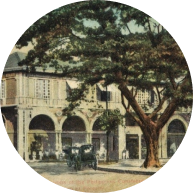
September 3, 1863

The Forestry Service was allowed by the Superior Civil Government to intervene in all matters pertaining to cutting, extracting timber, resins, etc. and to open up virgin lands to give concessions over mountain lands and transact business related to lands and forests.
February 1874
The government authorized the free use of timber under the gratuitous license.
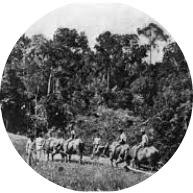
November 30, 1894

The Royal Decree promulgated in Spain approved the definite Forest Laws and Regulations for the Philippine Forest Service, which was drafted by "Ministro de Ultimar". The regulations contained 138 articles under nine titles.
August 13, 1898
The Land Law of the Philippine Islands was created to designate, inventory and mark the limits/boundary of the forests belonging to the state, which shall constitute the forest zones which shall be by the Governor-General under the General Dictorale of Civil Administration.

January 18, 1899
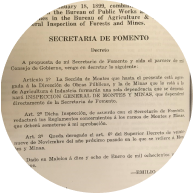
Emilio Aguinaldo made a decree combining the Division of Forests in Bureau of Public Works and the Division of Mines in the Bureau of Agriculture & Industry as General Inspeccion of Forests and Mines.
1990 - 1930
April 14, 1900
The "Inspeccion" was renamed into Forestry Bureau by the U.S. Military Governor in the Philippines with the issuance of General Order No. 50. Captain George P. Ahern, of the 96th U.S. Infantry, was named as its first Director.
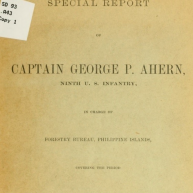
September 6, 1901
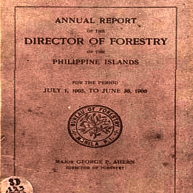
The Forestry Bureau was changed to Bureau of Forestry and was placed under the newly created Department of Interior by virtue of Act No. 222.
1910
The establishment of the Forester’s Training School in Los Baños gave opportunity for Filipinos to be trained and educated with Forestry Science. The first generation of graduates assumes the position of the Bureau of Forestry.
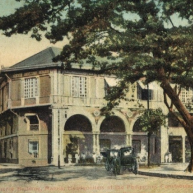
November 18, 1916
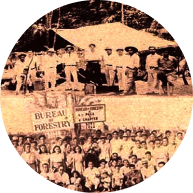
The Department of Interior was abolished and transferred all its functions and authority to the Department of Agriculture and Natural Resources (DANR). Under Act, the DANR took "direct executive control, direction and supervision of the Bureau of Agriculture, Bureau of Forestry, Bureau of Lands, Bureau of Science and the Weather Bureau and all matters concerning hunting, fisheries, sponges and other sea products and such others as may be hereafter assigned to it by Act 2666.
January 1, 1933
The Division of Forest Fauna and Grazing of the Bureau of Forestry, the Division of Zoology and the Division of Fisheries of the Bureau of Science were fused into one special Division known as the Fish and Game Administration, which was placed under the direct administrative jurisdiction of the Department of Agriculture and Commerce by virtue of General Memorandum Order No. 4 dated December 5, 1932.
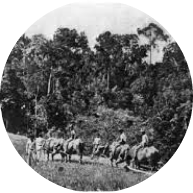
January 1, 1937
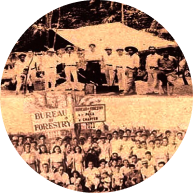
Signaled the filipinization of the country’s forest service by appointing Forester Florencio R. Tamesis as Director of Bureau of Forestry.
June 8, 1939
Jurisdiction by the Bureau of Forestry over pasture areas and grazing lands was provided under Commonwealth Act No. 452.
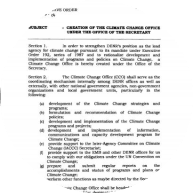
1940 - 1945
July 1, 1941
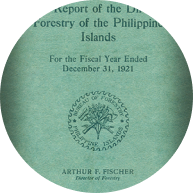
The functions of the Division of Forest Fauna and Grazing was returned to the Bureau of Forestry and those of the Division of Zoology to the Bureau of Science under the reorganization plan of the Fish and Game Administration under the Department of Agriculture and Commerce and was renamed as Division of Fisheries.
January 30, 1942
The office became Bureau of Forestry and Fishery under the Ministry of Agriculture and Commerce by virtue of Administrative Order No. 1 as approved by the Commander-in-Chief of the Imperial Forces in the Philippines.
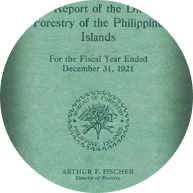
February 1945
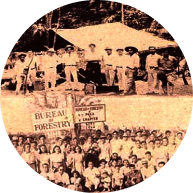
After the Second World War, the Bureau of Forestry was reopened with Forester Carlos Sulit as Officer-in-Charge to continue the management of the country’s resources.
April 24, 1945
The Bureau of Forestry was reconstituted with five (5) divisions and 44 district offices. The responsibilities of the Bureau soon expanded requiring the creation of additional functional divisions and units in the central office and in the field.
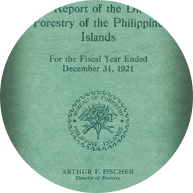
1950 - 1980
1957
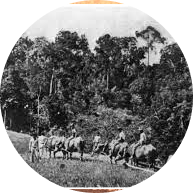
The Bureau of Forestry was separated from the College of Forestry as provided by the Reorganization Plan 30-A. Before, the Director of the Bureau serves as ex-officio dean of the college/school of forestry of the University of the Philippines. The Forest Products Institute was created from the merger of the Forest Products Laboratory and the Forest Products Section of the Bureau of Forestry by virtue of Reorganization Plan No. 77.
June 18, 1960
The Reforestation Administration was created to reforest and afforest bare and denuded forest lands especially critical watersheds by virtue of Republic Act No. 2706.
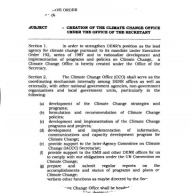
November 01, 1972

The Bureau of Forest Development (BFD) was created by virtue of Presidential Decree No. 1 wherein the Bureau of Forestry, the Parks and Wildlife Office and the Reforestation Administration were merged.
December 18, 1974
TheForest Research Institute (FORI), was created with the Forest Research Division of the Bureau of Forest Development as a nucleus, by virtue of PD No. 607. It is now known as Ecosystems Research and Development Bureau (ERDB) under EO 192.
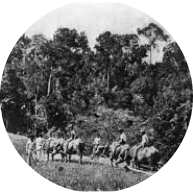
May 19, 1975
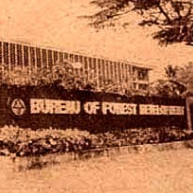
The Bureau of Forest Development (BFD) was formally organized as a result of a merger of the Bureau of Forestry, Parks and Wildlife Office, Reforestation Administration and the Southern Cebu Reforestation Project as provided in the Presidential Decree No. 705 revising PD 389 (otherwise known as the "Forestry Reform Code of the Philippines").
July 10, 1985
The Wood Industry Development Authority (WIDA) was created to regulate, control, supervise and develop the wood industry of the Philippines in all aspects. WIDA absorbed the functions of the Presidential Committee on Wood Industry Development and all the functions and powers of the BFD pertaining to forest utilization as provided by Executive Order No. 1039.

1986 - 1999
June 10, 1987

The Forest Management Bureau (FMB) was created in virtue of Executive Order No. 192 known as the Reorganization Act of the DENR. FMB integrated and absorbed the powers and functions of the Bureau of Forest Development (BFD) and the Wood Industry Development Authority (WIDA) except those line functions and powers which were transferred to the Regional Field Offices. The Parks and Wildlife Division and the Marine Parks Program of the Bureau of Forest Development was absorbed by the newly created Protected Areas and Wildlife Bureau. Likewise, the Land Classification Teams of the Bureau of Forest Development was integrated to the National Mapping and Resource Information Authority an attached agency of the DENR
June 30, 1990
The Master Plan for Forestry Development was prepared to guide the long-term development of the forestry sector in the Philippines. October 29, 1991.
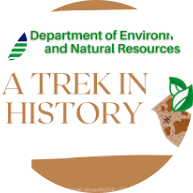
July 19, 1995
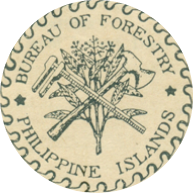
Community-based Forest Management was adopted as the National Strategy to ensure the sustainable development of the country's forestland resources and providing mechanisms for its implementation due to the enactment of Executive Order No. 263.
2000 - present
October 2003
The Revised Master Plan for Forestry Development was drafted as a result of the review and revision of the 1990 Master Plan for Forestry Development.

May 11, 2005

The Forest Management Bureau was reconstituted into four (4) Divisions by virtue of Executive Order 366.
January 2015
The Philippine Master Plan for Climate Resilient Forestry Development was prepared taking into consideration the potential impacts of climate change to the forestry sector.
